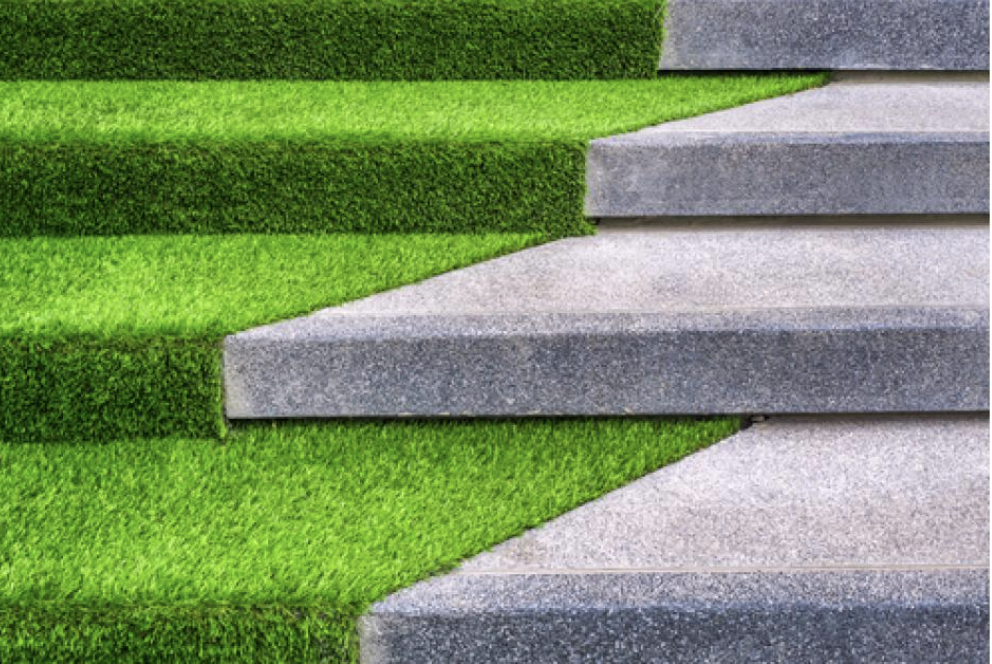Whether you are planning on installing artificial grass on concrete or want to cover a concrete floor with an artificial grass covering, you should first make sure that the concrete surface is smooth and level. If there are any cracks or ridges, they will show through the new artificial lawn and make it difficult to walk on.
You may have to break out some of the existing concrete, especially if there are extensive cracks. If there are minor cracks, you can fix them with self-leveling compounds or exterior fillers. If there are major cracks, you may need to use a mechanical turf cutter to remove the soil and concrete.
You should also plan on laying an underlay underneath the artificial grass. This is a layer of foam that will provide a soft, softer surface and will prevent the concrete from being too slippery. It will also add to the overall look of your artificial grass.
During the installation process, you should also consider the drainage of your new lawn. If you don’t have a drainage plan, water can sit on your new artificial lawn and damage it. It’s also important to keep water from pooling on the concrete surface. If you can’t prevent the water from pooling on the surface, you should clean it thoroughly. You can use a power washer, pressure washer or a brush to clean the surface. You can also use a vacuum to sweep away debris.
You should also consider installing an artificial grass shock pad. This will be needed after the concrete has dried. It is important to ensure that the shock pad is shaped and cut to fit the surface. It should be installed up to the edge of the concrete. This is to prevent water from collecting in the underlay and affecting the new artificial lawn.
If your concrete surface has holes, it is possible to fill them with large pebbles. These allow water to drain into the soil below. If you are unable to do this, you can use ready mix concrete to plug the deeper holes. Alternatively, you can use wood pallets to create a level surface.
You can also use a blow dryer to dry your concrete. Set the temperature to low and use circular motions. You should also use a clean cloth to speed up the drying process. If there are any oil or grease stains, pressure washing will help get them out. You can also use a degreaser tool to break them up without damaging the surface.
If you plan on laying artificial grass on concrete, you will also need to use an adhesive. Using the right adhesive is important to ensure a good bond between the concrete and the artificial grass. Using the right adhesive will also help to hold the foam underlay in place. Glue can also be used to glue the grass to the foam. You can buy self-leveling compounds from local DIY stores. You can also use a paint roller to spread the adhesive over the concrete.

